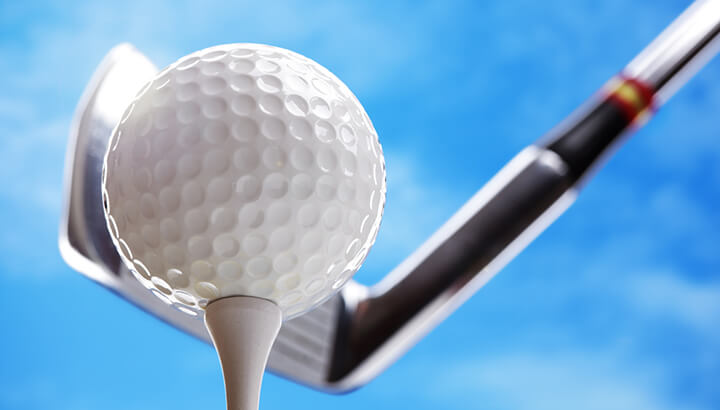Everyone loves shiny new things. They go faster, feel better, look smarter and are a thrill to own. However, having shiny new objects all the time can be expensive, especially if they are prone to getting lost. Disappointing is an understatement when a brand new ProV1 disappears off the tee in the first few holes of a round. That disappointment becomes an expensive horror story when new ball after new ball vanishes into water, OBs and bushes.
There are indeed times when choosing new or used requires thought and consideration:
Impact on your game
By all means, use pre-owned golf balls, but make sure they are free of scuffs, tears and visible damage. Balls with visible damage to the surface are best kept for range balls or at the bottom of the bag for the “Tiger” shot across the water to the green — this is the shot waiting to be taken without sacrificing a good quality ball.
Used balls with visible signs of damage can behave unpredictably upon contact. This is off the tee, fairway and green. Those surface markings affect trajectory and speed off the ground. The putting line is adversely affected if the ball cannot turn smoothly after the stroke. Keep in mind that the advanced engineering invested in that small white ball is compromised over time. The surface dimples, which tend to show the first signs of wear and tear, are designed to counter wind-resistance in the air. And if these are scratched, or have fine cracks, then it is likely that the ball will not be as predictable as a pristine ball.
The rules of golf stipulate that a player may change the ball if it is deemed unfit for play. That would include cuts, cracks and being out of shape. Generally speaking, the ball change must occur at the conclusion of the hole that is being played. It should not be changed in the middle of the round after it has been scratched along the maintenance pathway and ricocheted off a large rock.
Shame or show-off
Single-figure handicappers can easily justify using top-tier, quality new balls that fit their game. These are usually the “hard” balls that perform best when struck well and all of their engineering excellence can be utilized. The remainder of the golfing fraternity need not be ashamed to make good use of pre-owned balls. And, in fact, pulling out sleeve after sleeve of brand new tour-quality balls, off a handicap of 36, probably just screams that you have more money than sense!
In this day and age online outlets such as lostgolfballs.com carefully outline the grading scale for trading in used balls. The lower the grade, the cheaper the balls. Some companies even refinish used balls so that the painted coating is resurfaced and repainted. This still enables great offers at a fraction of the cost. The companies who specialize in this process assure that the differences are almost impossible to identify. And since only select pristine pre-owned balls are recoated, they really are as good as new after undergoing the process.
Ball collection
Over time, golf bags all over the country get weighed down with an accumulation of used, found and new balls. An audit every few months is a great idea. Send those poor quality balls to the junior squad manager or start a practice bag. Then, undertake a grading assessment of the balls left, checking the surfaces carefully. Give them a good clean in a bucket of white vinegar or bleach (or try the dishwasher), dry them carefully and store in a specific pocket of the bag. When a difficult course presents, with plenty of water or impossible rough, then turn to this collection of quality pre-owned balls instead of breaking open expensive new ones.
When to get new balls
A special competition day or a familiar course warrants a new ball. There are outstanding deals on new balls online. Subscribe to one or two sites and receive alerts on deals and offers. Then Pro V1’s, Taylormade Tour Preferred or any other quality branded balls can be obtained much cheaper than walking into the pro shop and taking them off the shelf. Opening a new sleeve of balls before a game is a real pleasure. But if the cost is prohibitive, then take the time to locate a reliable pre-owned ball supplier and save pennies for other equipment.
The key with golf balls is to know what’s in the bag. A sleeve of new balls, appropriate to the standard of play, is always recommended. Another dozen of good quality pre-owned balls is essential so that provisional, tough carries and unfamiliar hazards will not cost you the earth, should the shots go astray.
— N. Incoll
